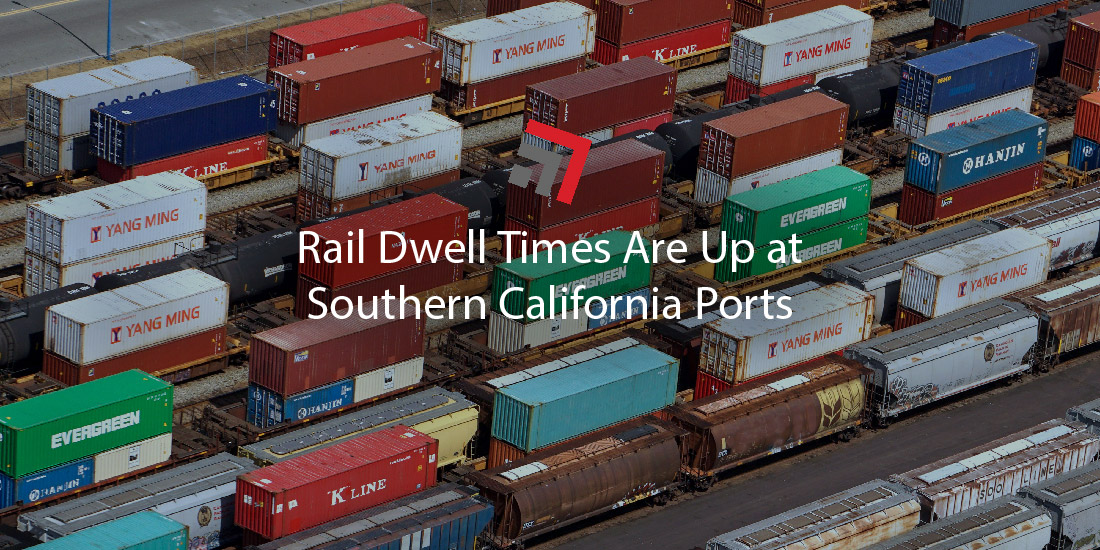With the help of a Chinese holiday, rail container dwell times have seen a rise at the ports of Los Angeles and Long Beach. A shortage of rail cars has left operators unable to move inbound rail boxes off their marine terminals in a usual, timely, manner.
While dwells have been gradually increasing since the start of the summer, the issue has compounded in September.
The main contributor to this was a slight bump in import volumes in the ninth month of the year as shippers eyed to bring containers in before October 1—the beginning of China’s Golden Week.
Golden Week is a week-long national holiday in China that occurs annually. This year, it stretched from October 1 to 7. Chinese ports operate in a limited fashion, while factories often close completely. This prompts a pre-Golden Week surge in import volumes as U.S. shippers strategize to bring cargo in prior to the holiday’s expected disruptions.
Container dwell due to lack of rail cars
An executive with a Port of Los Angeles terminal told the Journal of Commerce that their facilities had seen some inventory buildup over the last few weeks as railroads have struggled to position enough bare tables (trains with a string of cars that pick up and carry double stack containers).
Meanwhile, across the San Pedro Bay, Port of Long Beach terminals have reported the same issue—a lack of rail cars to disburse inbound volumes to their inland destinations.
Ironically, this equipment crunch hasn’t materialized into a major disruption. Thanks to modest import activity throughout the whole year, the uptick in pre-Golden Week arrivals was manageable for the Southern California ports.
Especially, when compared to the previous two years where record demand met worser equipment bottlenecks.
Are improved conditions expected soon?
Railroads are assuring stakeholders that conditions will alleviate soon. Class I railway BNSF released a statement: “We experienced an increase in freight in transit in the San Pedro Bay Ports and responded quickly by increasing our international intermodal equipment fleet by 8 percent to meet the demand and our customers’ needs…We are well-positioned to handle the business across our network with the additional assets as well as with capacity.”
Updates from Southern California terminals as well suggest their cargo buildup is clearing up a bit—a promising sign that conditions are likely improving, as opposed to worsening.
Final Thoughts
Nonetheless, regardless of severity, there’s presently an imbalance with equipment along the West Coast.
While import volumes remain manageable, they are gradually rising as export volumes appear anemic. This divisive dynamic equals the right conditions for equipment inequality.
Please contact us if you have any questions regarding this topic or any others in domestic logistics. In addition, stay up to date with weekly headlines from both trucking and rail via our Road Map newsletter.
More blogs similar to this:



Recent Comments